List of CGBSE Biology Lab Practicals
The Chhattisgarh board has conducted the 2022 practical exams for class 11 12 in March, and so next year students have to start preparing by now. For this purpose we are presenting here the CGBSE biology practical syllabus for classes XI & XII. This is going to be very useful for both students and teachers, since this detailed curriculum addresses all the needs to complete the syllabus.
While this syllabus is quite detailed and large, it provides all the skills you need to move forward successfully in your future career if you choose a bioscience or biochemistry line. For this reason, it is very important to complete the CG board syllabus. However, for many reasons it is not always possible. Sometimes there are material shortages, sometimes there is a manpower shortage, and sometimes there is simply not enough time.
This is why you need to keep up with the syllabus. Please go through the following list of experiments and observations for Chhattisgarh board biology course carefully, and scan them one by one to see if you have missed one or more. It is quite possible, since many schools, for many reasons as stated above, don’t get to complete the syllabus. However, you can ‒ through Labkafe’s Lab Tutorial Services.
Chhattisgarh as a state has formed relatively recently, compared to most other states. So, they had little time to prepare their educational infrastructure from scratch. However, the system they have now in place can rival most other states easily. The CG board syllabus is well paced-out, concise, and consistent. It helps students to achieve doable milestones and earn much-needed skills easily. And so, without further ado let us launch into the Chhattisgarh board biology practical syllabus, structure and marks distribution, and list of experiments and observations.
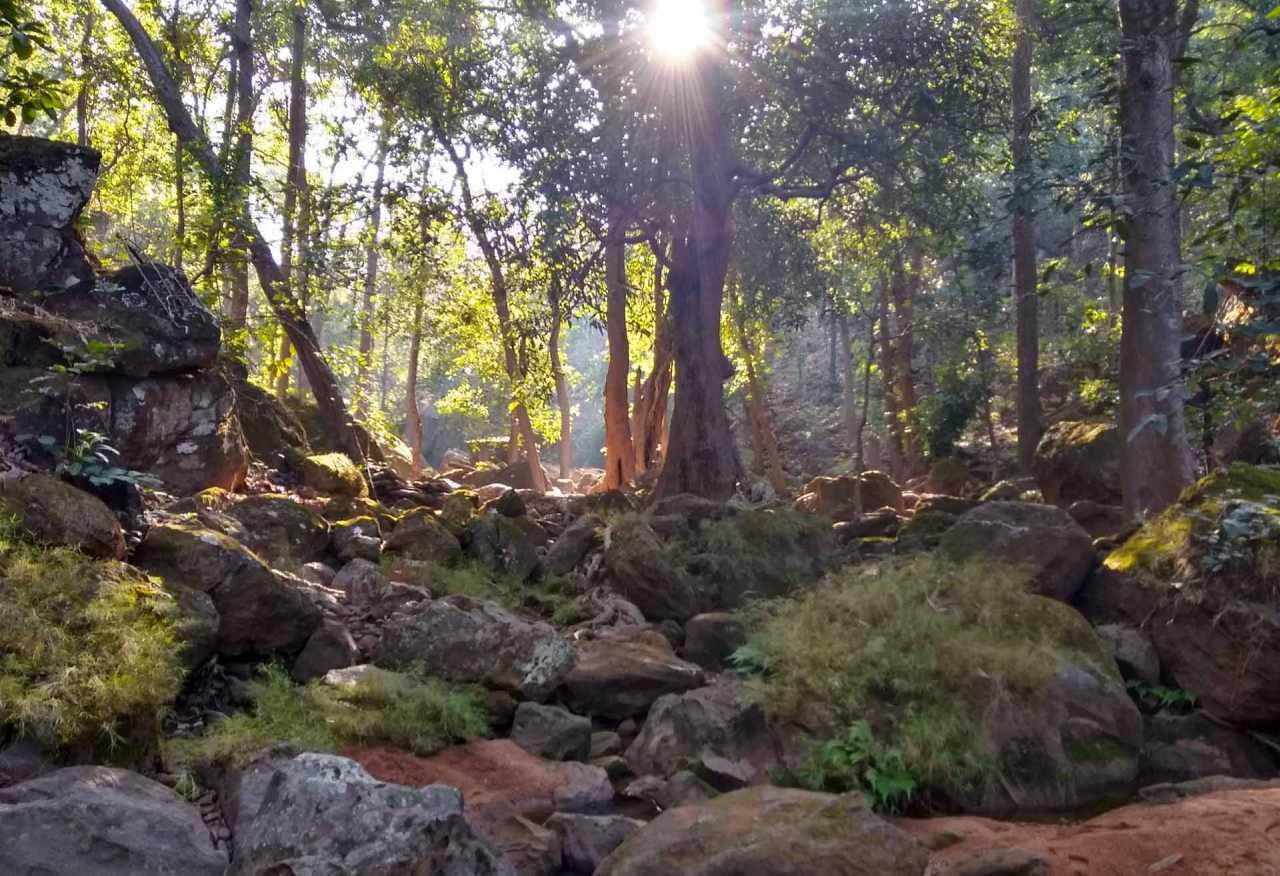
CGBSE Biology Practical Syllabus for Class 11
The Chhattisgarh board biology practical exam for class 11 is held over three hours, for marks totaling to 30. There will be one major experiment worth 5 marks, one minor experiment worth 4 marks, slide preparation worth 5 marks, spotting (recognition) work for 8 marks. After this, you will have to show your practical record and project record for the year for 4 marks each, with oral questions on each.
Major Experiments
- Study and describe the following (dissect where necessary):
- Flowering plants ‒ solanaceae, fabaceae, liliaceae (or if not available locally, substitute with poaceae, asteraceae, or brassicaceae. Display floral whorls, anther, overy, chambers, floral formula, floral diagram.
- Roots ‒ adventitious, tap.
- Stem ‒ herbaceous, woody.
- Leaf ‒ simple and compound, and show their arrangement, shape, and venation.
- One invertebrate animal ‒ with the help of charts/models, study the morphology and internal structure.
- One vertebrate animal ‒ with the help of charts/models, study the morphology and internal structure.
- Study the act of osmosis by means of a potato osmoscope.
- Macro nutrient tests ‒ find sugar, starch, protein, and fat in plant and animal materials.
- Separation of leaf or flower extract pigments by means of paper chromatography test.
Minor Experiments
- Transpiration experiment ‒ study the rate of transpiration in the upper and lower surfaces of a locally collected leaf.
- Respiration experiment ‒ observe and record how respiration occurs in flower buds, germinating seeds, and leaf tissue.
- Urine test ‒ to detect the presence of i) urea, ii) sugar, iii) albumin, and iv) bile salts in collected urine.
Optional Experiments
- Study the effect of salivary amylase on starch at different temperatures.
- Observe how imbibition occurs in raisins and seeds.
Slide Preparation
- Transverse section of monocot and dicot roots.
- Study of plasmolysis in epidermal peels (rhoeo).
- Comparative study under microscope of the distribution of stomata in the upper and lower surface of leaves.
Spotting Work (Identification with Reason)
- Study permanent slides or specimens of the following and identify with reasons:
- Bacteria, Oscillatoria, Spirogyra, Rhizopus, Mushroom, Yeast, Liverwort, Moss, Fern, Pine, One Monocotyledonous plant, Dicotyledonous plant and one lichen.
- Study permanent slides or specimens of the following and identify with reasons:
- Amoeba, Hydra, Leverfluke, Ascaris, Leech, Earthworm, Prawn, Silkworm, Honeybee, Snail, Starfish, Shark, Rohu, Frog, Lizard, Pigeon and Rabbit.
- Study various plant and animal cells and tissues to know the variations in their shapes and sizes, using permanent and temporary slides:
- Palisade cells, Guard cells, Parenchyma, Collenchyma, Sclerenchyma, Xylem, Phloem, Squamous Epithelium, Muscle Fiber and Mammalian blood smear.
- Study mitosis using permanent slides in onion root tip cells and grasshopper cells.
- Study of various modifications of roots, stems, and leaves.
- Identify cymose and racemose types of inflorescence.
- Learn to set up the following experiments:
- Anaerobic respiration in plants
- Phototropism
- Suction due to transpiration
- Use models and charts to study various joints in the human skeleton.
- Use models and charts to study the external morphology of earthworm, cockroach, and frog.
Project Work
Every student will have to do a project worth 10 periods of work including sample and data collection from various places and laboratory work. Here are some suggested projects the students may pursue.
- Research project worth 10 periods of work.
- Ecosystem related project.
- Modern concept of biology.
- Contribution of humans in the advancement of sciences.
- Usages of enzymes in daily life.
- Economic importance of virus/bacteria.
- Economic importance of arthropods/helminths.
- Natural and man-made ecosystems.
- Forest renewal and afforestation efforts.
- Preparation of herbarium sheets.
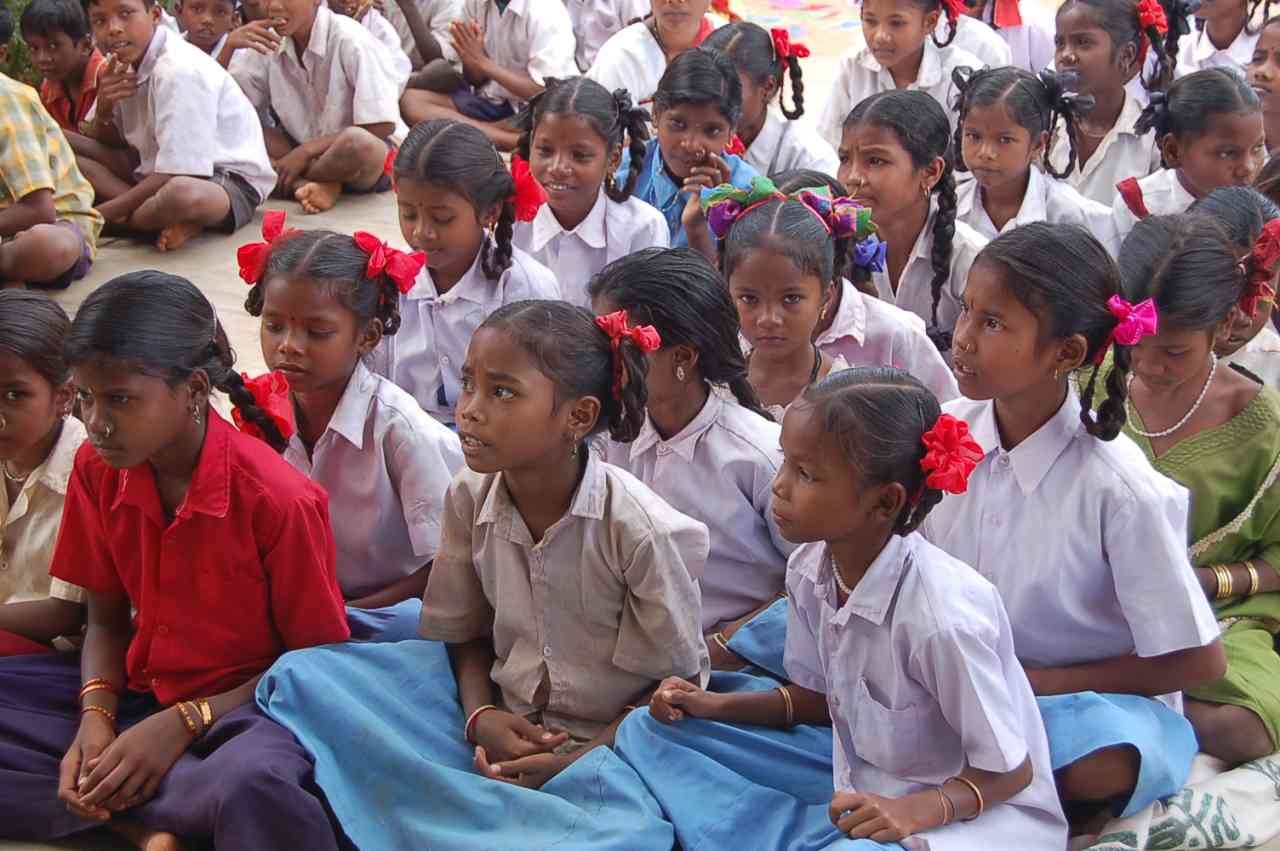
CGBSE Biology Practical Syllabus for Class 12
For the Chhattisgarh board biology practical, the exam is three hours long and is worth 30 marks. You will have to do one major and one minor experiment for 5 and 4 marks respectively, prepare slides for 5 marks, and spot specimens with reasons for 7 marks. Afterwards, you will have to show your year-long practical records and project records and verbally answer for them, for 4 and 5 marks respectively. The work can come from any of the following.
Major Experiments
- Study tree population density and frequency using the quadrat method.
- To study the effect of activity of salivary amylase on starch at different temperatures and at three different pH.
- Isolate DNA from plant material such as spinach, green peas, papaya, etc.
Minor Experiments
- Collect soils from different varied locations. Analyze them to compare their nature, moisture content, water holding capacity, pH value, and nature of plants growing in each sample collection area.
- Collect water samples in two different varied locations. Analyze them to compare their pH levels and the microscopic and large living things in them.
- Collect air from two very different locations and compare suspended particles in them.
Slide Preparation
- Pollen germination.
- Mitosis in onion root tip cells.
Observation with Specimen/Permanent Slides/Charts
- Study of various adaptations of flowers to facilitate pollination by different agents (wind, insect, bird).
- Study pollen germination on stigma.
- Study gamete development in T.S. of testes and ovary of grasshopper and mice.
- Study semi-mitotic cell division in onion buds or grasshopper testis.
- Study of the cross section of blastula.
- Observe Mendelism with the help of seeds of different sizes and colors of a plant.
- Prepare charts of inheritance of genetic traits like turning of tongue, blood group, ear lobe, widow’s peak, color blindness etc.
- Pollination control (emasculation, tagging, and bagging).
- Study of common disease causing organisms like Ascaris, Entamoeba, Plasmodium, Roundworms and write the symptoms of diseases caused by them by displaying 9 permanent slides.
- Study the characteristics and morphological adaptations of two plants and two animals found only in arid places.
- Study the characteristics and morphological adaptations of two plants and two animals found only in aquatic places.
Project Work
Every student will have to do one project worth 10 periods of work including sample and data collection from various places and laboratory work. Here are some suggested projects the students may pursue.
- Study of population growth and sex ratio.
- Study of infant birth and death rates.
- Study of common human reproductive health problems.
- Study of one genetically transferred disease in humans.
- Effect of fertilizers in food production and soil
- Effect of food adulterations on health
- Effect of climate change and environmental pollution on crops.
- Application of biotechnology in life.
- Direct observation of a specific ecosystem.
- Biodiversity in the local environment.
Note: Every student must take at least one project (in either class 11 or 12) related to the local environment.
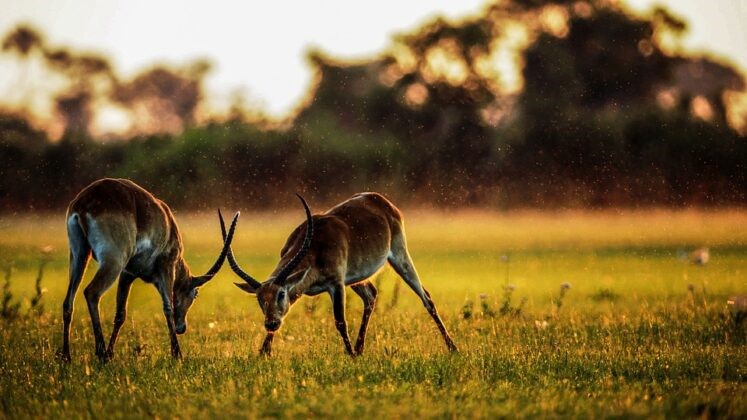
How to Perform Chhattisgarh Board Biology Practicals
The matter of secondary and higher secondary education in the state of Chhattisgarh is observed by the Chhattisgarh Board of Secondary Education (or CGBSE in short). The CGBSE biology practical syllabus for class 11 12 is large, but don’t be disheartened. With the right setup, you can perform all the activities in the lists above.
To perform all the above experiments and observations, all you need is some good wet lab furniture , and Labkafe’s CGBSE Biology Lab Package. This lab equipment package has all the lab apparatus, equipment, glassware, consumables, slides, samples, models, charts and other support items you will ever need to cover the CG board class 11 and 12 biology syllabus.
And what’s more, this customized lab package is preconfigured to meet the affiliation criteria of CGBSE schools. It is configured to work for 30 students, but it is very flexible in nature and you can adjust it to your heart’s content, trimming and adding whatever necessary. By default, this lab package covers all the experiments and observations mentioned in the CGBSE biology practical syllabus. Oh, and if you need it ‒ Labkafe offers lab packages for CGBSE physics and chemistry as well.
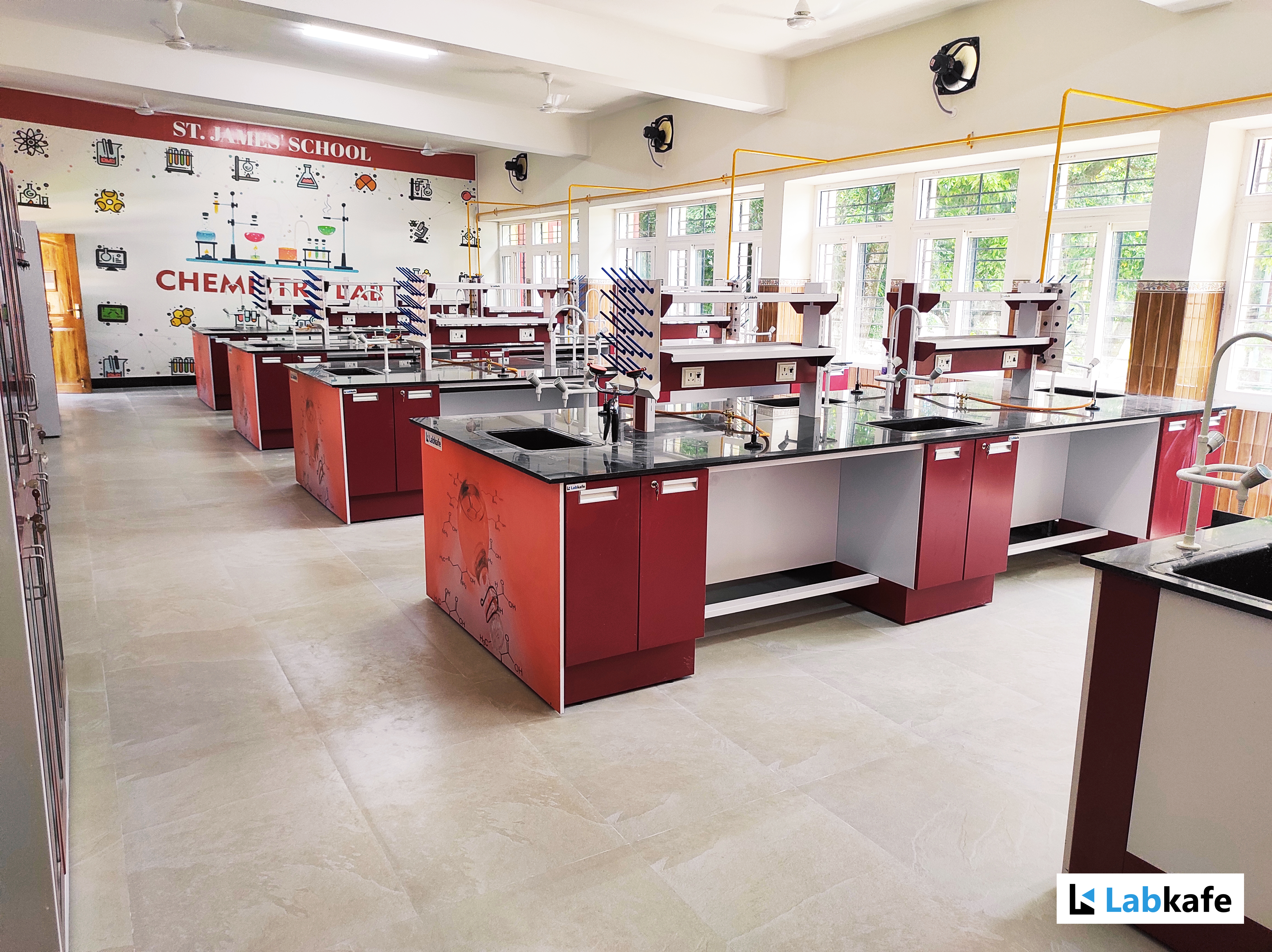

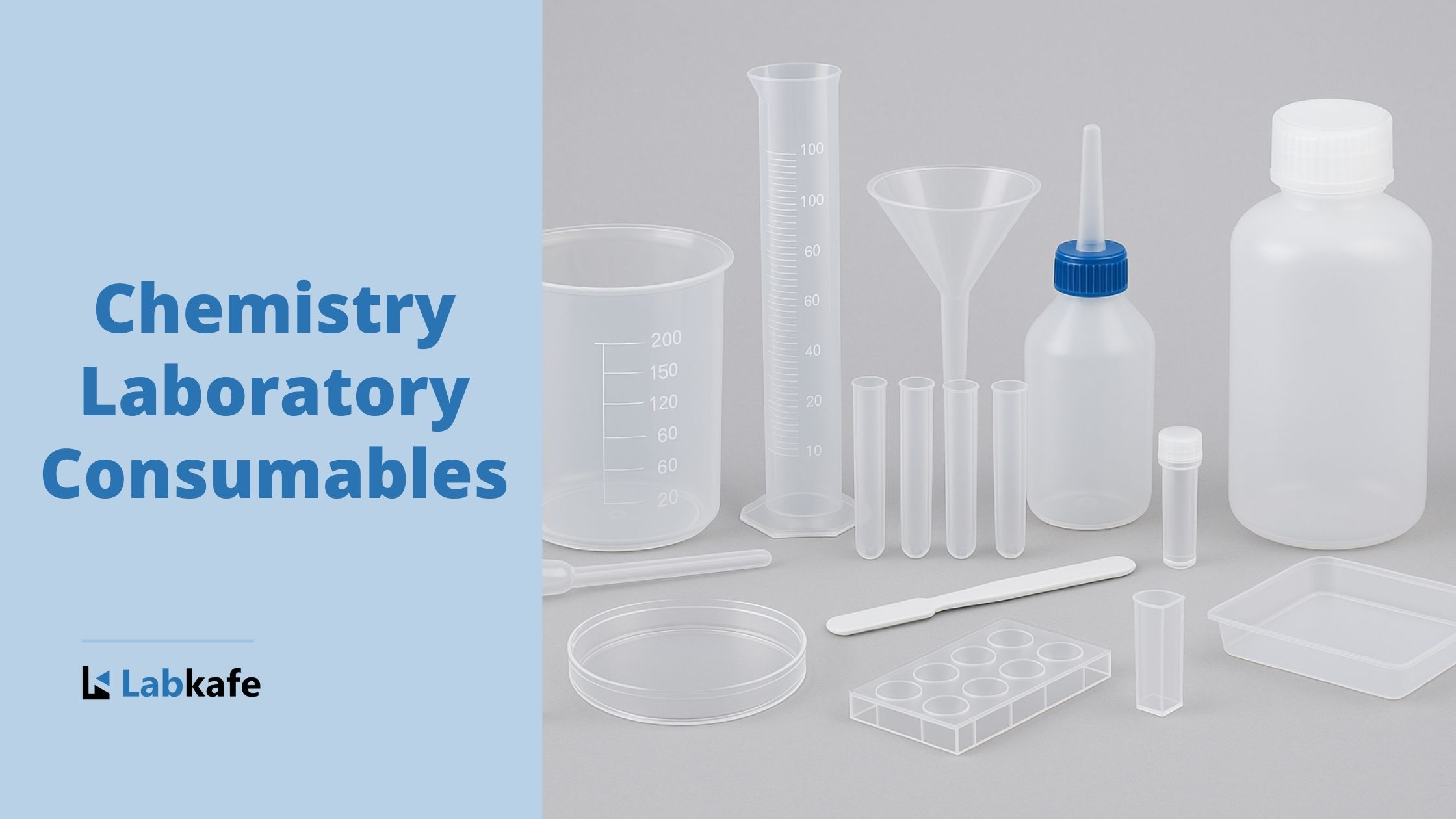
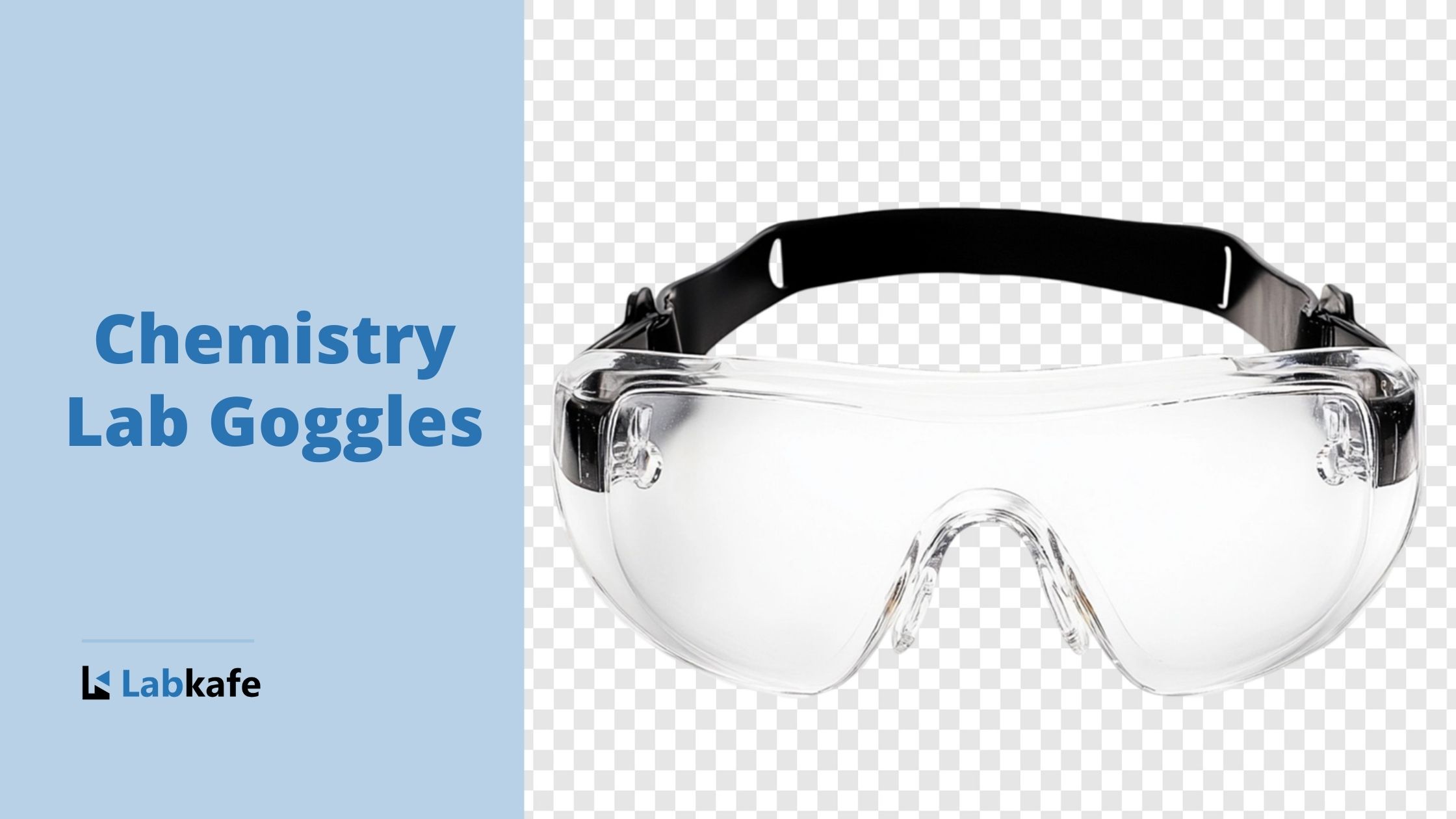







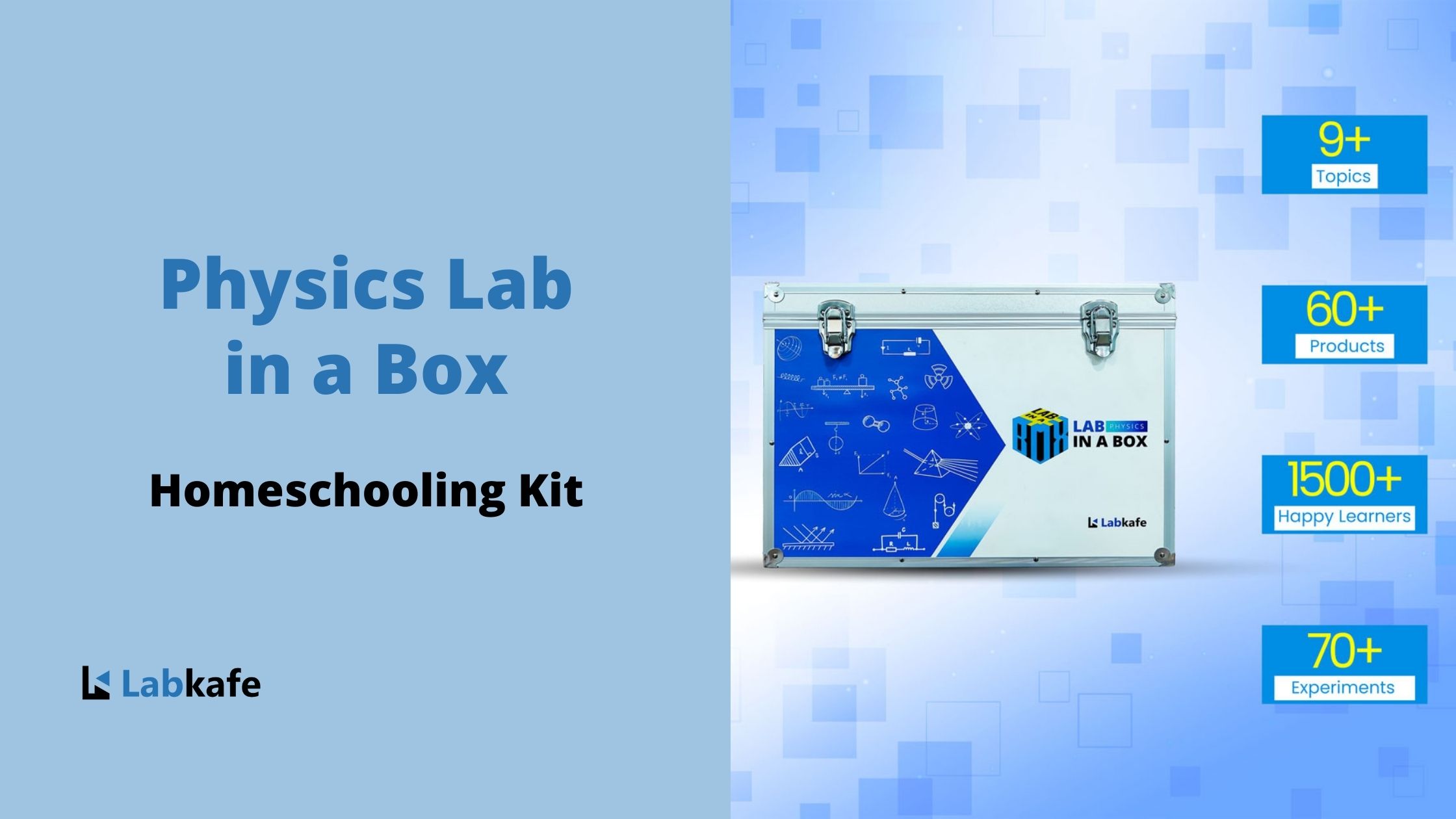
Leave a Reply